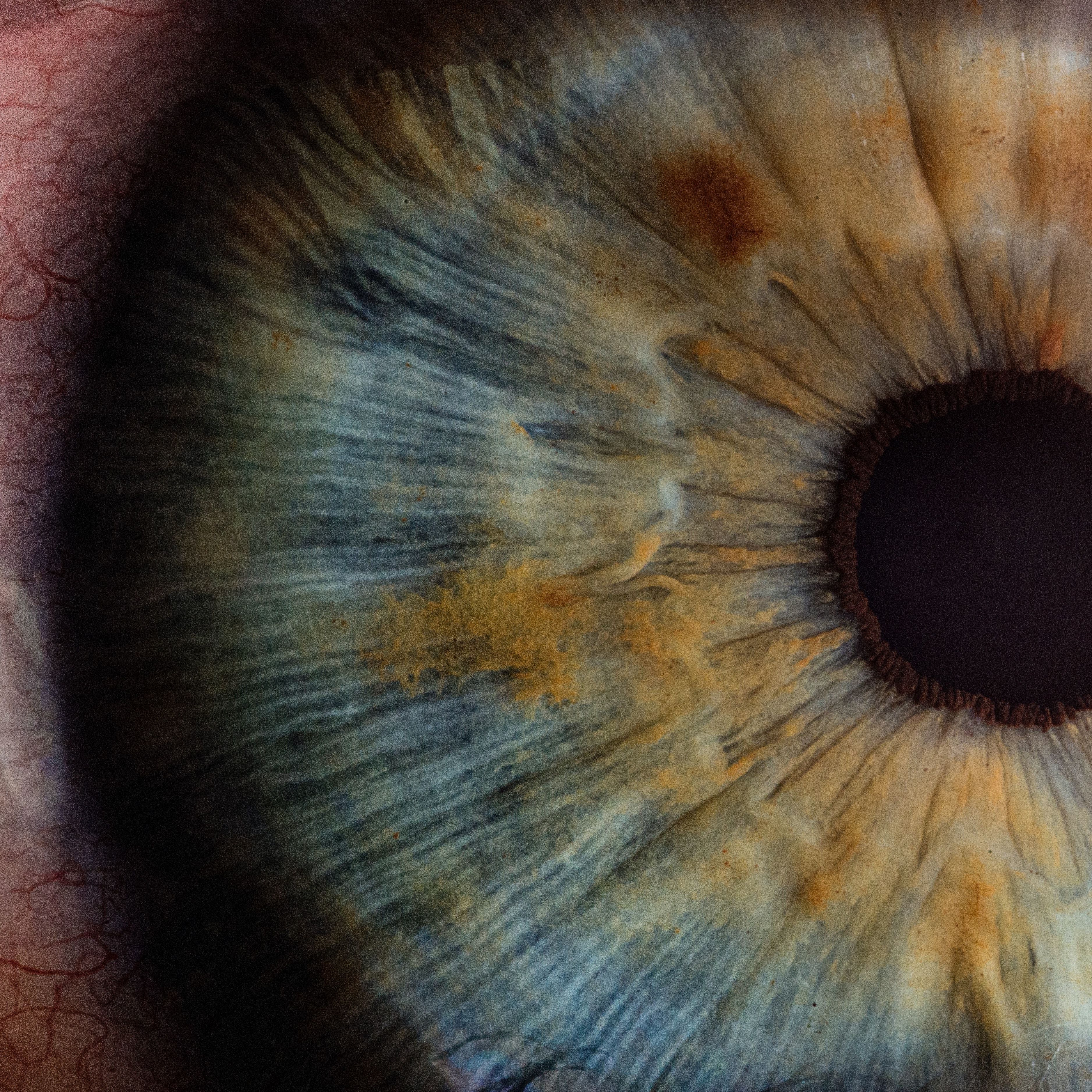Article
Differences Among Fabry Disease Strains
Author(s):
The classic Fabry disease phenotype in men is almost exclusively marked by anti-agalsidase antibody development, despite having no clear clinical impact.
The classic Fabry disease phenotype in men is almost exclusively marked by anti-agalsidase antibody development, despite having no clear clinical impact, according to a new report.
The nonprofit Fabry Support & Information Group describes Fabry disease as abnormal deposits of fatty substances in the blood vessel walls throughout the patient’s body. The inherited disease is brought about by a deficiency of the alpha galactosidase A enzyme, which is supposed to break down the fatty substance.
Currently, Fabry disease is treated with enzyme replacement therapy with agalsidase alpha or beta. These treatments are understood to provide benefits in respect to cardiac hypertrophy and kidney disease, as long as therapy starts in early stages of Fabry disease.
Investigators from the Sorbonne in Paris, France, examined 103 patients with Fabry disease to determine the significance of anti-agalsidase antibodies and how they affect enzyme activity, as well as the related clinical manifestations. The team said this was one of the largest independent cohorts of patients screened for anti-agalsidase antibodies.
A total of 53 male and 50 female patients were observed between December 2014 and January 2017. Half of the women and 8 of the men had not been treated with agalsidase prior to joining the study; however, 45 men had used enzyme replacement therapy.
As the investigators expected, the classic male patients were younger, had longer exposure to agalsidase, and higher risk for renal transplantation, as well as other characteristics. Hypertrophic cardiomyopathy happened earlier in the classic patients, but the investigators did not observe a difference among implantable devices between the groups.
The investigators screened the patients for antibodies at the time they joined the studies. Of the 45 men exposed to agalsidase, 18 had agalsidase total IgG without any difference in the type of molecules that they were exposed to at the time they were sampled (either alpha or beta. Antibodies were also found in 58.6% of the classic and 6.7% of the nonclassic Fabry phenotypes.
The study authors said that the IgG subclasses were determined in the 18 men who were Ab-positive, compared with 17 patients who were IgG negative used as the control. There were different IgG subclasses observed in 10 of the 18 cases.
The participants had no differences in their renal outcomes related to their Ab status, the investigators wrote. They also noted that antibody positivity was not linked with cardiac hypertrophy, stroke, or hyperintensities on cerebral MRIs. There were no anti-agalsidase IgGs reported that were linked with infusion-related events, such as anaphylaxis, flu-like syndromes or rash.
Other studies have reported that antibodies worsen the Fabry prognosis by inhibiting enzyme replacement therapy; indeed, that was observed in this study, according to the investigators. The changing epidemiology of Fabry disease could be linked with a higher proportion of the nonclassic presentations, the authors suggested. The amount of anti-agalsidase antibodies could be a factor in categorizing these groups and marking their severity.
The study, “Deep characterization of the anti-drug antibodies developed in Fabry disease patients, a prospective analysis from the French multicenter cohort FFABRY,” was published in the Orphanet Journal of Rare Diseases.





